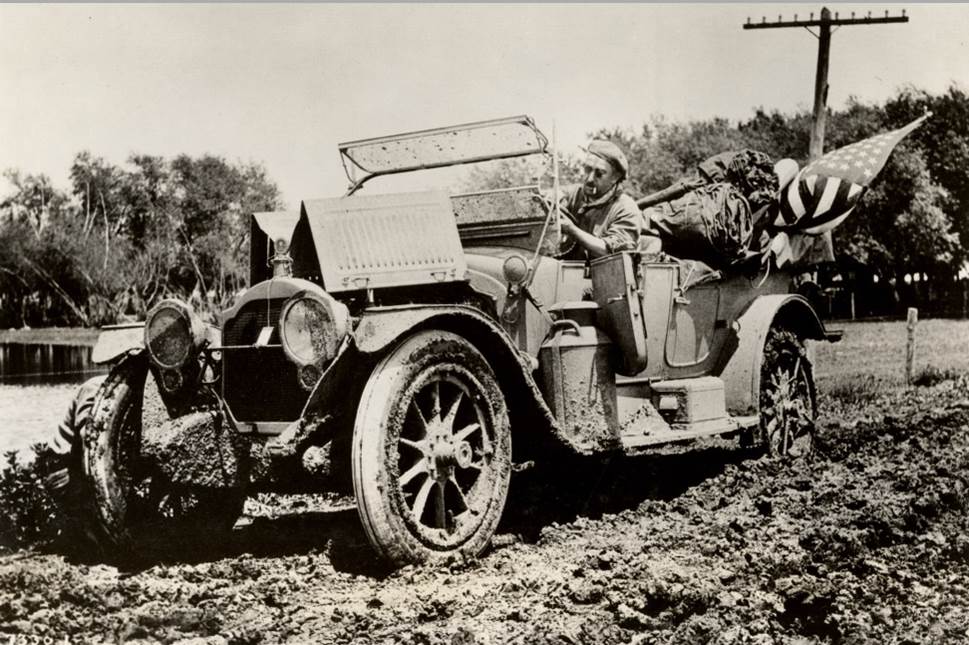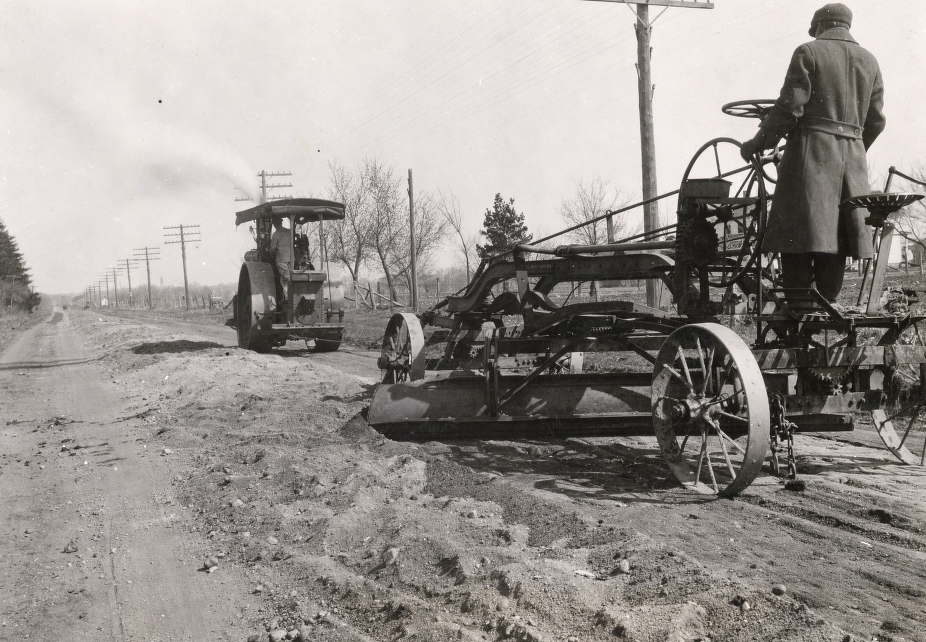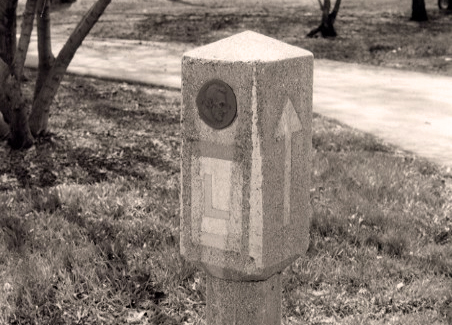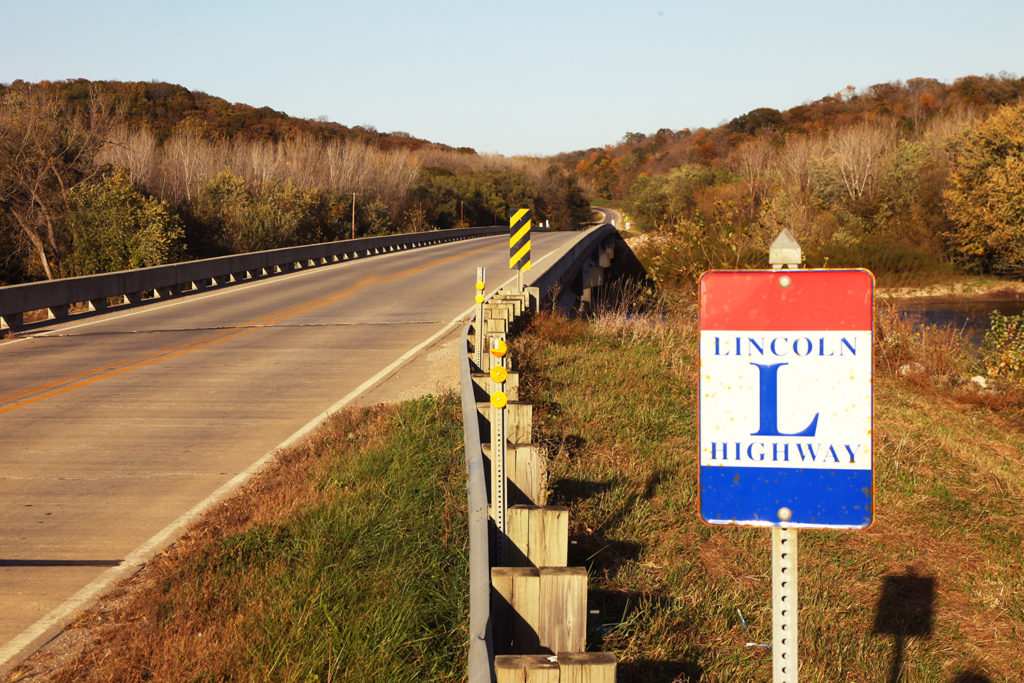Lincoln Highway History
Getting Out of the Mud!
At the beginning of the 20th century, an improved national highway system did not exist. Roads were unimproved and managed at the local level, if at all. Many roads, especially in Iowa, were dirt roads that became muddy and impassable in wet conditions. Proponents of the Good Roads Movement, started by bicyclists in the late 19th century, increasingly came to focus on automobile travel.
Carl Fisher was a man with many ideas. In 1913, he was the president of the Prest-O-Lite Company, one of the early manufacturers of automobile headlamps. Fisher had recently helped to found the Indianapolis Motor Speedway, home of the Indianapolis 500, and operated the first car dealership in the United States. Later, he would go on to develop the city of Miami Beach, Florida.
Recognizing that travel was limited by the lack of good roads, Fisher proposed the “Coast to Coast Rock Highway,” a road across America. After a fellow enthusiast suggested the name be changed to honor the memory of Abraham Lincoln, and in the process, appeal to patriotic Americans for support, the idea for the Lincoln Highway was born.
The Lincoln Highway Association
In Aug. 1918, construction began on Iowa’s “Seedling Mile” in Linn County, a paved mile of a roadway designed to demonstrate to travelers, local government officials, and others just how useful improved roads could be.
After World War I, public sentiment for improved highways was growing. In 1919, an Army convoy traveled much of the Lincoln Highway. A young officer, Dwight Eisenhower, traveled on the convoy and was inspired by the potential for good roads to improve national commerce and defense.
Though it took many years, eventually the efforts of the Lincoln Highway Association and other groups led to the involvement of the federal government in the funding of U.S. highways. The need for the Lincoln Highway Association’s promotional efforts waned, and the Lincoln Highway Association dissolved. The last official act of the original Lincoln Highway Association was to coordinate the placement of concrete Lincoln Highway markers along the entire route of the highway. These markers were placed by local Boy Scout troops in 1928, and many still remain along the Lincoln Highway Heritage Byway as reminders of the original Lincoln Highway.
The Lincoln Highway Today
In 1992, in Ogden, Iowa, a group of individuals from Lincoln Highway states met to discuss the need for preserving this historic legacy — the Lincoln Highway Association soon reformed. Their efforts led to public awareness on the need to preserve the Lincoln Highway and for the potential of the Lincoln Highway to develop tourism and local economies. The efforts of the Iowa chapter of the Lincoln Highway Association, with support from many community leaders and the Iowa Department of Transportation, led to the designation of the Lincoln Highway Heritage Byway as a state byway in 2006.
Today, the Lincoln Highway Heritage Byway is managed by Prairie Rivers of Iowa, an Ames-based nonprofit organization dedicated to community-based stewardship of our natural resources. The byway works closely with the Iowa Lincoln Highway Association, the Iowa Department of Transportation, and Iowa’s other byways to promote the Lincoln Highway and preserve its historical, cultural, and natural resources.
“Iowa Byways” and the Iowa Byways design mark are registered trademarks. The wordmark ‘Lincoln Highway’ is a registered trademark of the National Lincoln Highway Association.





